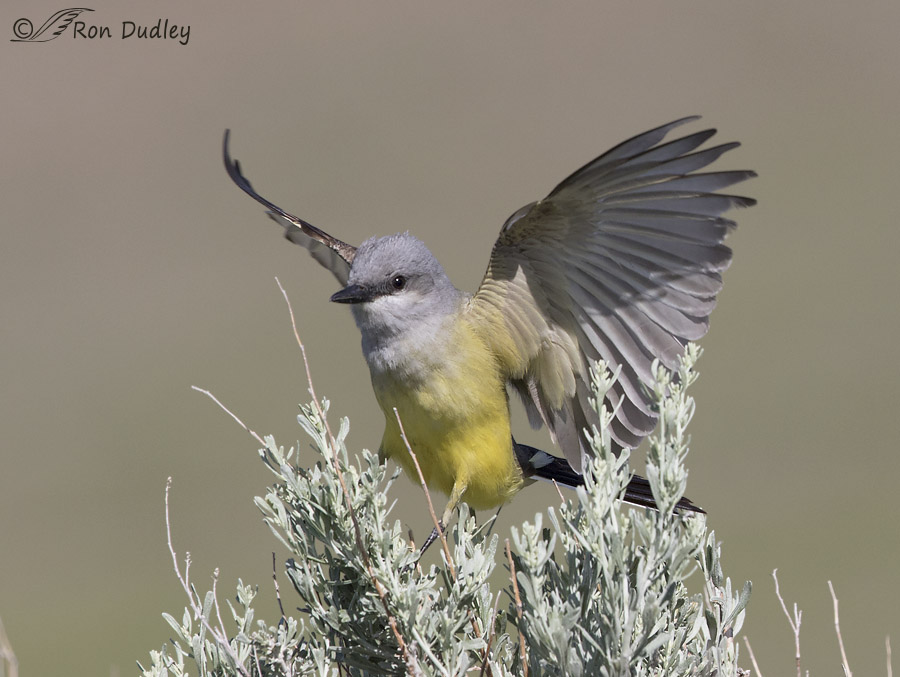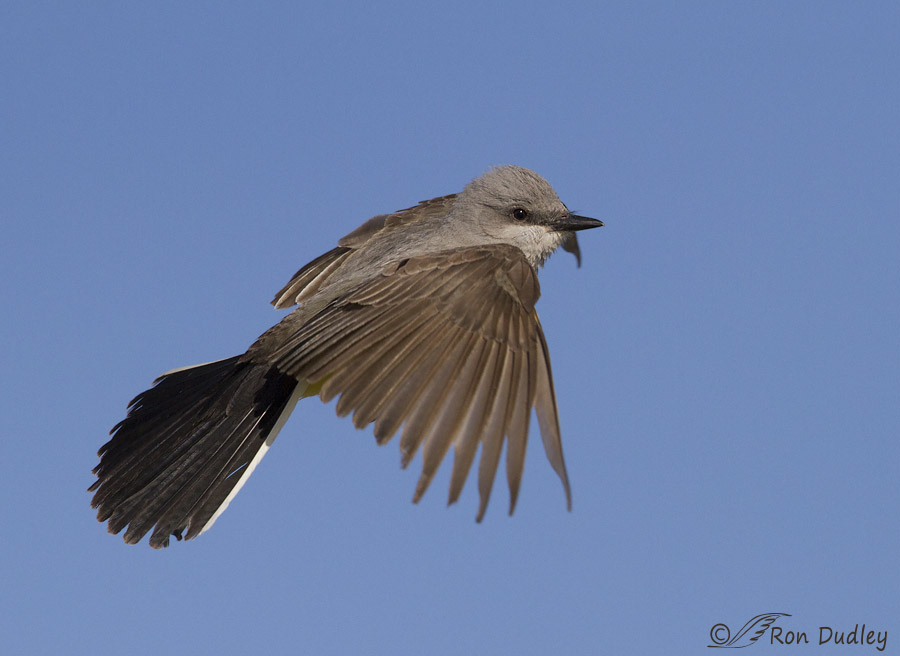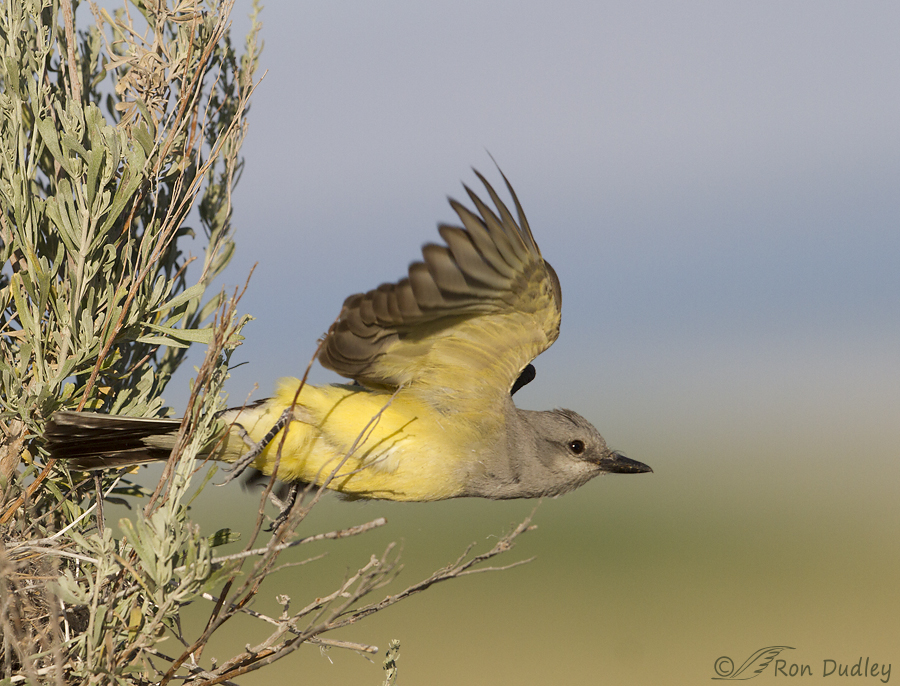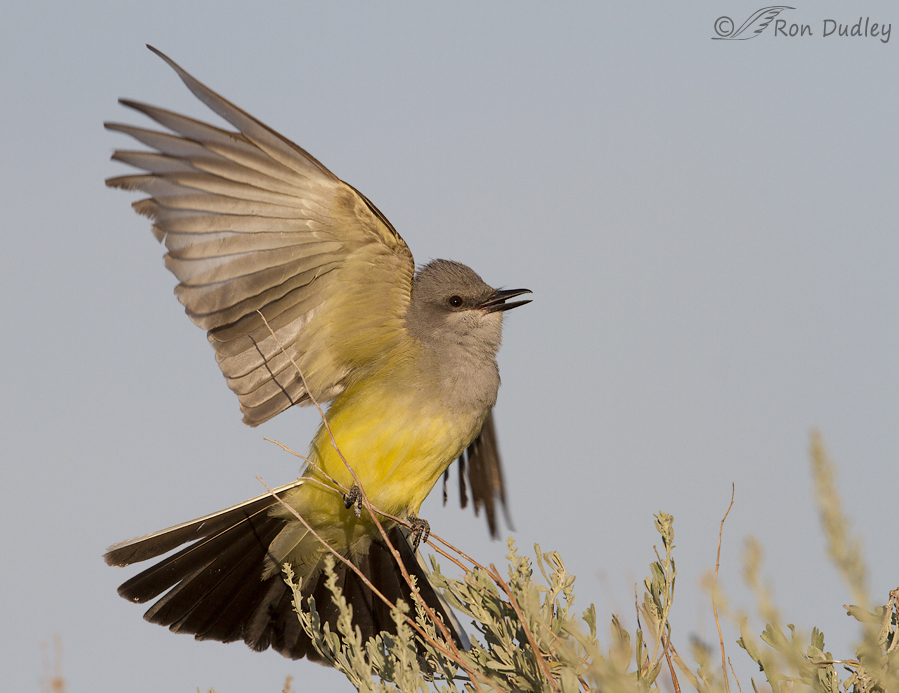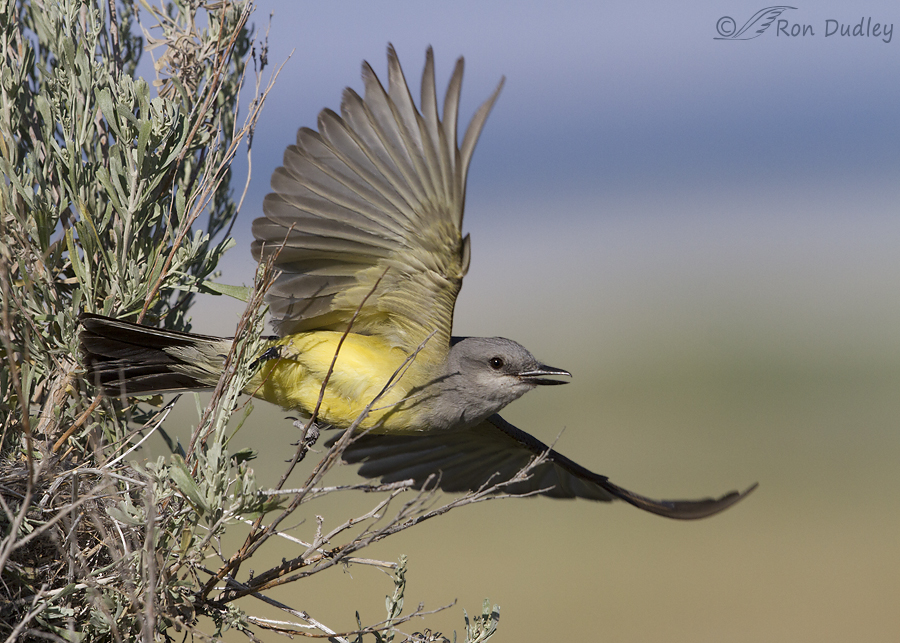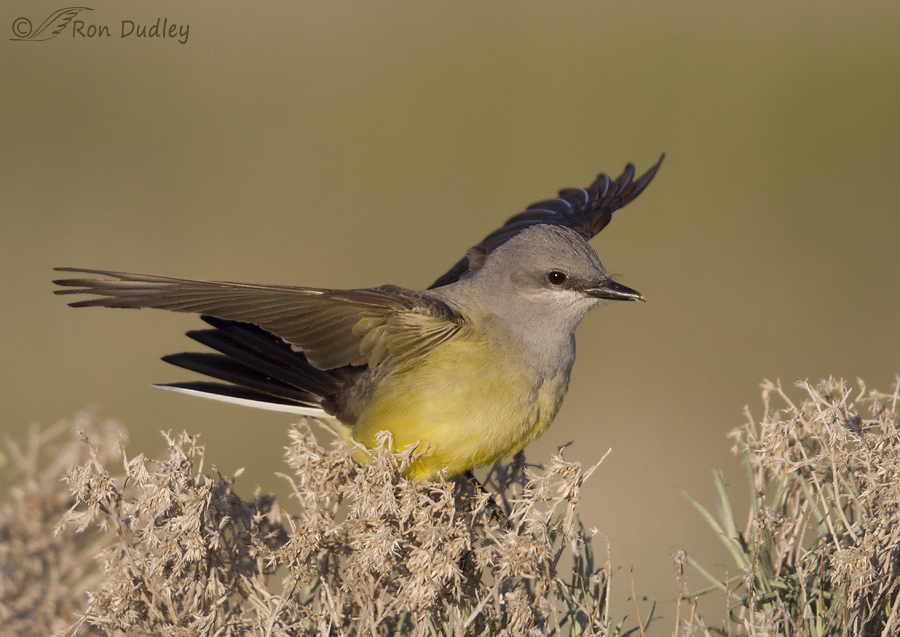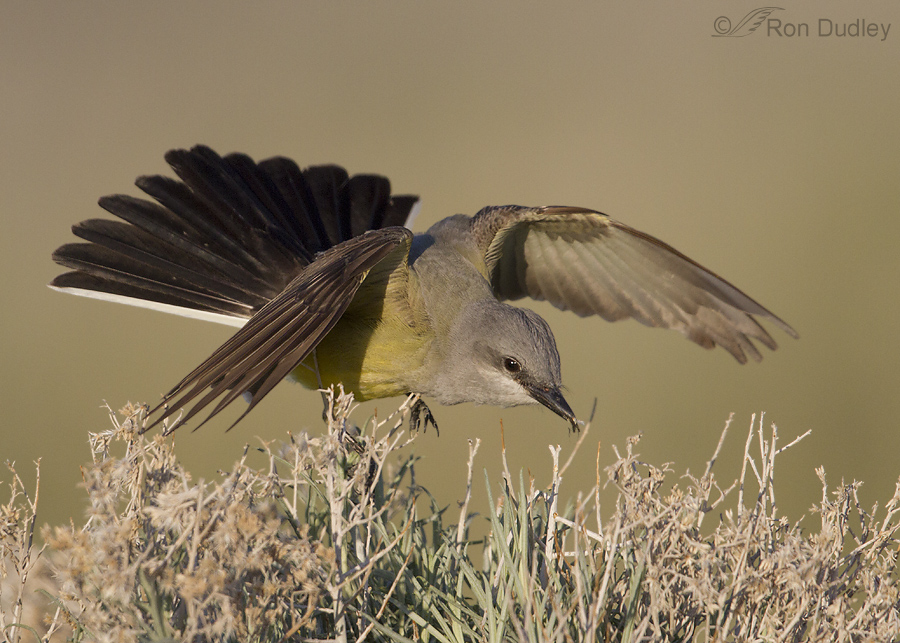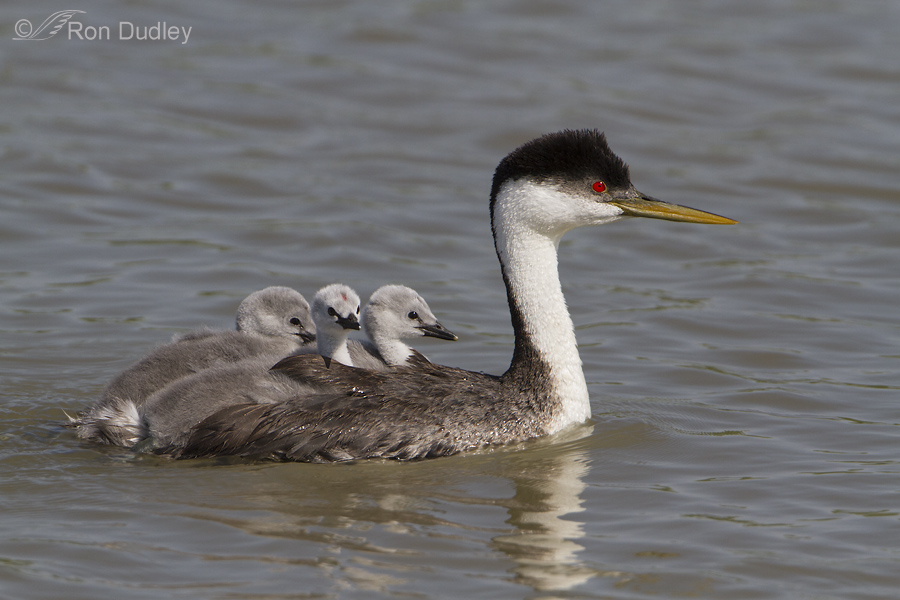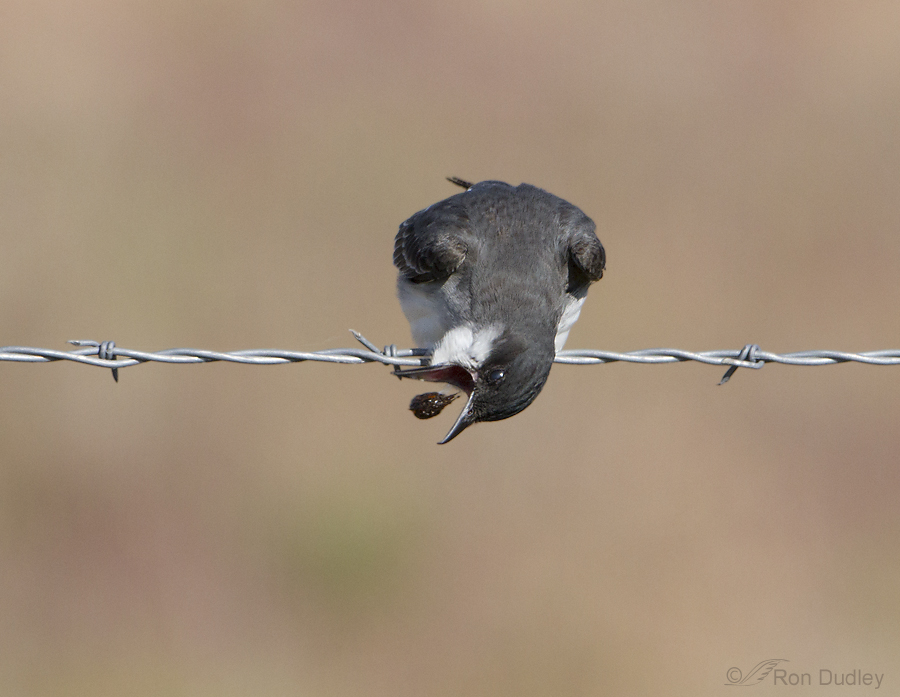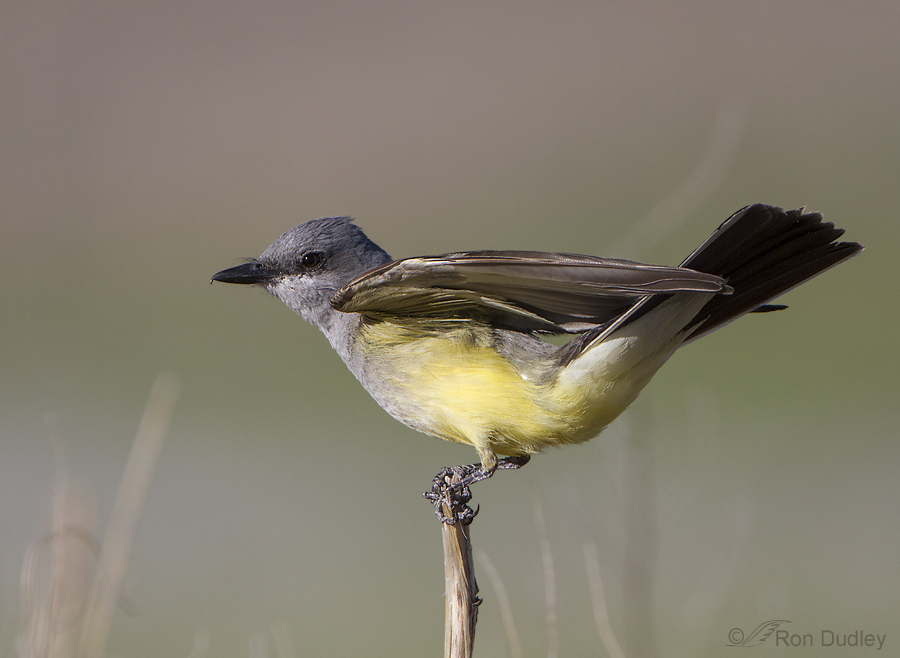Tag: western kingbird
Male Western Kingbird In Flight
Some Western Kingbird Shots I Like
The Seldom Seen Red Crown Patch Of The Western Kingbird
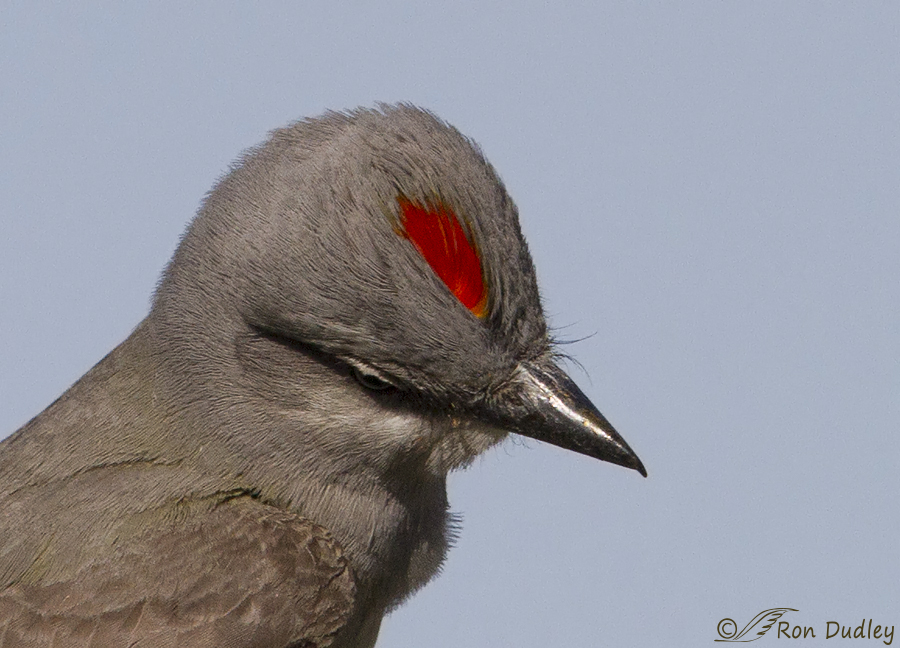
Many are surprised to learn that the Western Kingbird has a reddish-orange crown patch that bisects the top center of its head. The patch is usually kept concealed but occasionally they will quickly flash the patch at unpredictable moments, especially when other birds invade their territory. I’ve featured the crown patch on my blog previously but earlier this summer I had my best look at it so I thought I’d revisit the subject this morning.
Male Western Kingbird Greeting His Lady
My Favorite Image From My Time With The Nest-building Kingbirds
Birds Using Bison Hair As Nesting Material
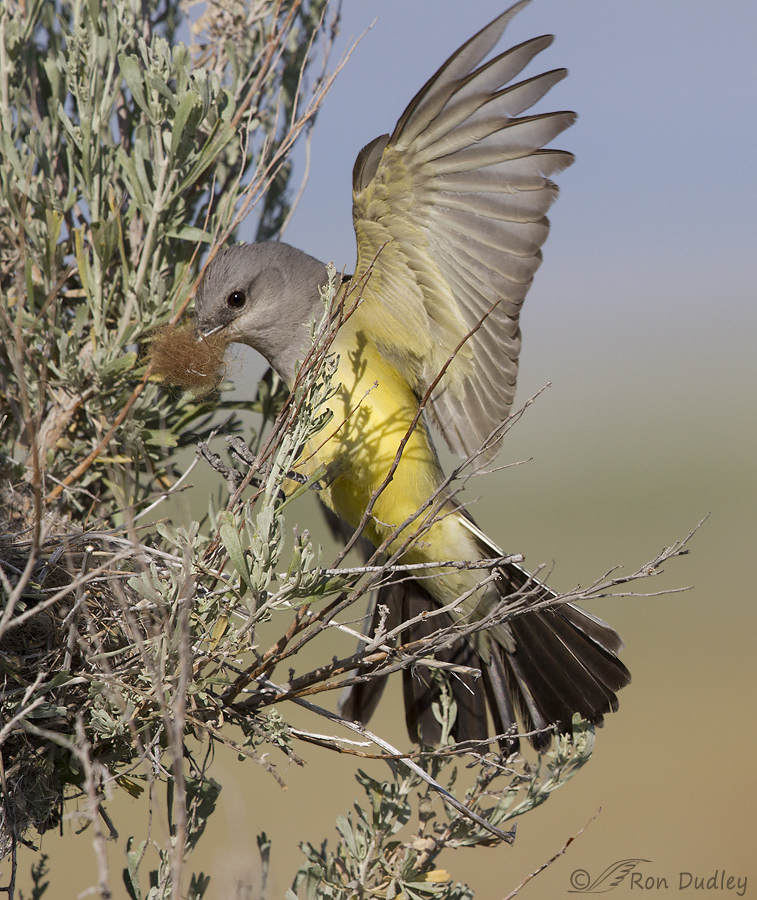
For millennia a variety of North American bird species used bison hair during nest construction but when the “buffalo” was brought to the brink of extinction by hunters in the late 1800’s that resource was essentially gone. Today there are relatively few places where bison hair is available to birds and Antelope Island is one of them.
Nest-building Western Kingbird
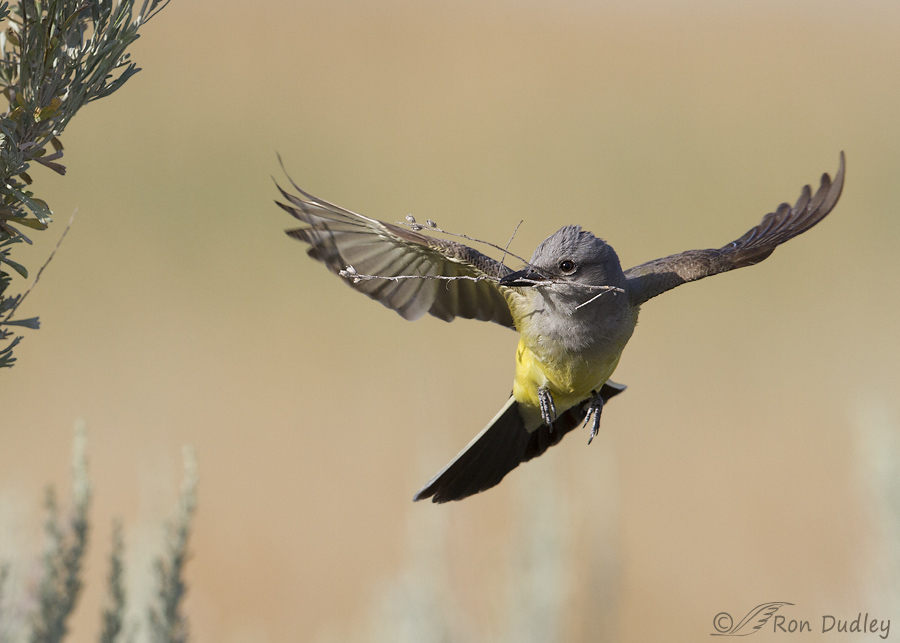
Yesterday morning we photographed an industrious female Western Kingbird as she worked at constructing her nest. In this species the sexes are similar but only the female builds the nest. The male hung around nearby as he watched over the laborious construction process and offered his mate encouragement (that was good of him don’t you think?).
Western Kingbird With A Serious Eye Problem
Western Kingbird Feeding Behavior
Western Grebe Back-brooded Chicks (and what’s the function of that red crown patch?)
Eastern Kingbird Casting A Pellet
Western Kingbird Off Balance
Western Kingbird Wing Flutter
This morning we decided to get out of our rut a little bit (actually, I tend to like ruts) and look for birds somewhere new so we headed to the high country of Morgan County. We figured it would be a nice respite from the heat, and it was. We saw some beautiful country and quite a few birds, though most of them were a challenge to get close to. One thing really surprised me. I don’t believe I’ve ever seen such high concentrations of Black-headed Grosbeaks and Western Kingbirds anywhere. Both species were picking off bugs along the road and it was a delight to see so many of them. 1/2000, f/6.3, ISO 500, 500 f/4, 1.4 tc This Western Kingbird was performing the “wing flutter” that kingbirds are so well-known for. It’s an aggressive behavior that is usually directed at other kingbirds, as was the case here. I liked the pose and the way the Scrub Oak framed the bird and helped to break up the blue sky background. Ron
The Western Kingbird and the Beetle
This will be another behavioral post – yes I am fascinated by interesting behaviors, perhaps overly so… I found this Western Kingbird hunting from a barbed wire perch which is quite typical for the species. It was so focused on its prey that it let me get quite close so I was able to get better detail of the feeding behavior than I normally do. 1/500, f/8, ISO 400, 500 f/4, 1.4 tc The kingbird has spotted prey on the ground 1/1250, f/8, ISO 400, 500 f/4, 1.4 tc so it flew down to retrieve it. In this case it happened to be a beetle. You can see it clinging upside down to the darker diagonal twig just in front of the bird. 1/1250, f/8, ISO 400, 500 f/4, 1.4 tc Here’s a highly cropped version of the previous image to show the beetle better. 1/1250, f/8, ISO 400, 500 f/4, 1.4 tc The bird grabbed the beetle but as you can see it had reached “through” the twig to get it 1/1250, f/8, ISO 400, 500 f/4, 1.4 tc so it got more than it bargained for. The end of the twig broke off and wedged between the beetles abdomen and the upper mandible. 1/1000, f/8, ISO 400, 500 f/4, 1.4 tc So it flew back to its wire perch and tried to figure out what to do about the dilemma. It actually spent about 15 seconds just sitting there and staring at what was in its…
Male Western Kingbird In Flight
Some Western Kingbird Shots I Like
The Seldom Seen Red Crown Patch Of The Western Kingbird

Many are surprised to learn that the Western Kingbird has a reddish-orange crown patch that bisects the top center of its head. The patch is usually kept concealed but occasionally they will quickly flash the patch at unpredictable moments, especially when other birds invade their territory. I’ve featured the crown patch on my blog previously but earlier this summer I had my best look at it so I thought I’d revisit the subject this morning.
Male Western Kingbird Greeting His Lady
My Favorite Image From My Time With The Nest-building Kingbirds
Birds Using Bison Hair As Nesting Material

For millennia a variety of North American bird species used bison hair during nest construction but when the “buffalo” was brought to the brink of extinction by hunters in the late 1800’s that resource was essentially gone. Today there are relatively few places where bison hair is available to birds and Antelope Island is one of them.
Nest-building Western Kingbird

Yesterday morning we photographed an industrious female Western Kingbird as she worked at constructing her nest. In this species the sexes are similar but only the female builds the nest. The male hung around nearby as he watched over the laborious construction process and offered his mate encouragement (that was good of him don’t you think?).
Western Kingbird With A Serious Eye Problem
Western Kingbird Feeding Behavior
Western Grebe Back-brooded Chicks (and what’s the function of that red crown patch?)
Eastern Kingbird Casting A Pellet
Western Kingbird Off Balance
Western Kingbird Wing Flutter
This morning we decided to get out of our rut a little bit (actually, I tend to like ruts) and look for birds somewhere new so we headed to the high country of Morgan County. We figured it would be a nice respite from the heat, and it was. We saw some beautiful country and quite a few birds, though most of them were a challenge to get close to. One thing really surprised me. I don’t believe I’ve ever seen such high concentrations of Black-headed Grosbeaks and Western Kingbirds anywhere. Both species were picking off bugs along the road and it was a delight to see so many of them. 1/2000, f/6.3, ISO 500, 500 f/4, 1.4 tc This Western Kingbird was performing the “wing flutter” that kingbirds are so well-known for. It’s an aggressive behavior that is usually directed at other kingbirds, as was the case here. I liked the pose and the way the Scrub Oak framed the bird and helped to break up the blue sky background. Ron
The Western Kingbird and the Beetle
This will be another behavioral post – yes I am fascinated by interesting behaviors, perhaps overly so… I found this Western Kingbird hunting from a barbed wire perch which is quite typical for the species. It was so focused on its prey that it let me get quite close so I was able to get better detail of the feeding behavior than I normally do. 1/500, f/8, ISO 400, 500 f/4, 1.4 tc The kingbird has spotted prey on the ground 1/1250, f/8, ISO 400, 500 f/4, 1.4 tc so it flew down to retrieve it. In this case it happened to be a beetle. You can see it clinging upside down to the darker diagonal twig just in front of the bird. 1/1250, f/8, ISO 400, 500 f/4, 1.4 tc Here’s a highly cropped version of the previous image to show the beetle better. 1/1250, f/8, ISO 400, 500 f/4, 1.4 tc The bird grabbed the beetle but as you can see it had reached “through” the twig to get it 1/1250, f/8, ISO 400, 500 f/4, 1.4 tc so it got more than it bargained for. The end of the twig broke off and wedged between the beetles abdomen and the upper mandible. 1/1000, f/8, ISO 400, 500 f/4, 1.4 tc So it flew back to its wire perch and tried to figure out what to do about the dilemma. It actually spent about 15 seconds just sitting there and staring at what was in its…


